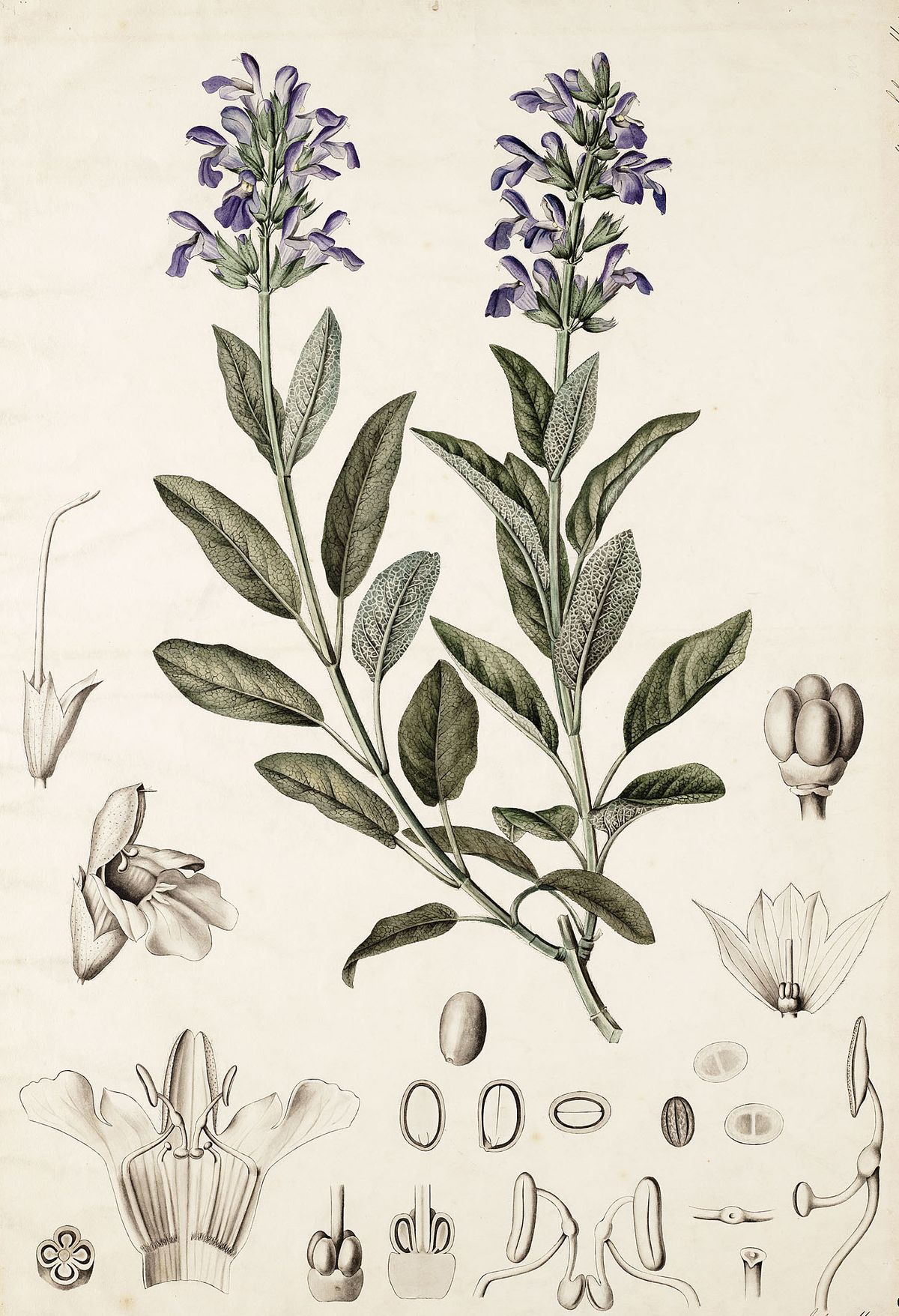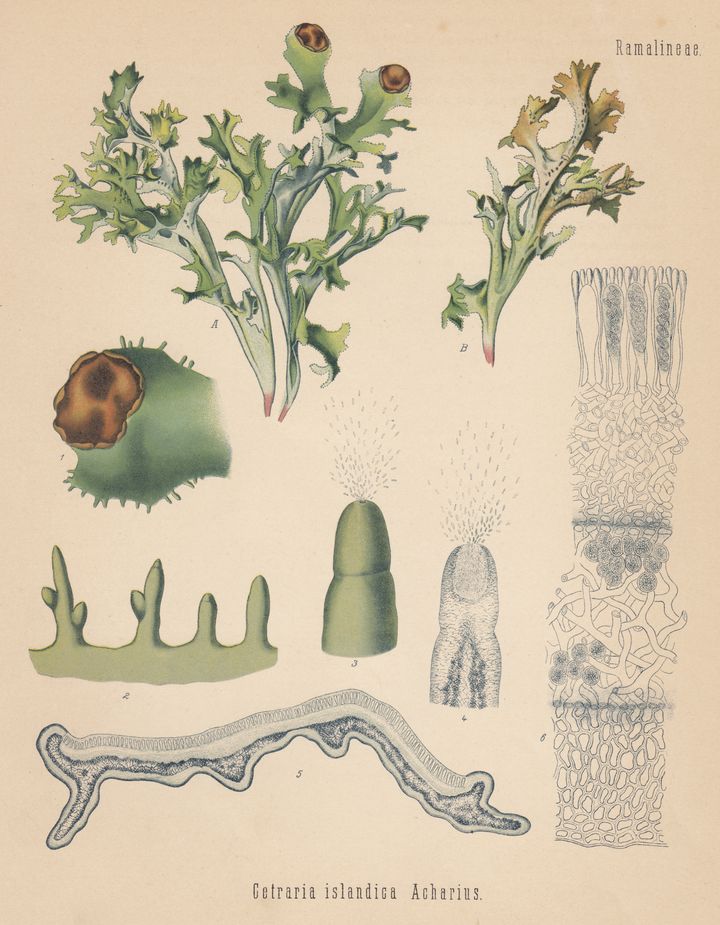Sage: A Green All-Rounder with History

Today, I want to take you on a journey into the world of sage. This herb is not only an aromatic spice, but also a real all-rounder when it comes to health and beauty. But before we dive into the many applications, let's take a look back at its past.
The History of Sage
Sage, whose name comes from the Latin "salvus", meaning "whole, healthy", has a long history as a medicinal plant. As far back as ancient times, it was valued for its healing properties.
In the Middle Ages and the Early Modern period, sage was a staple of the medicine cabinet. Famous healers such as Paracelsus, Hildegard von Bingen, Lonicerus, and Matthiolus used it for acute fever, urinary tract ailments, colic, colds, and toothaches. Interestingly, sage was also used for disinfection and preservation. In times when seriously ill people were in a room, sage leaves were burned on coal to purify the air.
A special story revolves around sage during the great plague epidemic of Toulouse in 1630. Thieves who plundered the corpses surprisingly remained spared from the plague. Their secret: They rubbed their entire body with sage pickled in vinegar and other herbs such as thyme, lavender, and rosemary.
Sage also played a role in obstetrics. The famous London midwife Mrs. Jane Sharp recommended in her 1671 published birth manual that pregnant women should strengthen their bodies every morning with a sage-spiced ale.
Sage in the Kitchen
After this little history lesson, we now come to the use of sage in the kitchen. Sage is a real multitasker and gives many dishes a special note. Whether in pasta, on pizza, or in soup - sage is always a good choice.
A simple and delicious recipe that I want to recommend to you is pasta with sage butter. You only need a few ingredients: pasta of your choice, a handful of fresh sage leaves, butter, salt, and Parmesan.
Cook the pasta according to the package instructions. In the meantime, heat the butter in a pan and add the sage leaves. Let the butter brown slightly until it develops a nutty aroma. Then add the drained pasta to the pan and toss it in the sage butter. Season with salt and Parmesan - and you have a quick and aromatic dish!
Sage in Cosmetics
But sage can do even more: In the cosmetics industry, it is valued for its anti-inflammatory and antibacterial properties. Sage is found in many products such as facial toner, creams, or shampoos. It helps against impure skin, regulates sebum production, and can even help against hair loss.
Sage in Medicine
Last but not least: sage in medicine. As already mentioned, sage has a long tradition as a medicinal plant. It has anti-inflammatory, antibacterial, and antispasmodic effects. For a sore throat, a sage tea can work wonders. Sage can also help with digestive problems.
But be careful: Sage should not be consumed in large quantities or over a longer period of time, as it contains thujone, which can be harmful to health in larger amounts.
I hope I was able to give you a little insight into the world of sage. This versatile herb definitely has more to offer than one might suspect at first glance. So, why not try a few sage leaves in the kitchen or drink a soothing sage tea the next time you have a cold?




